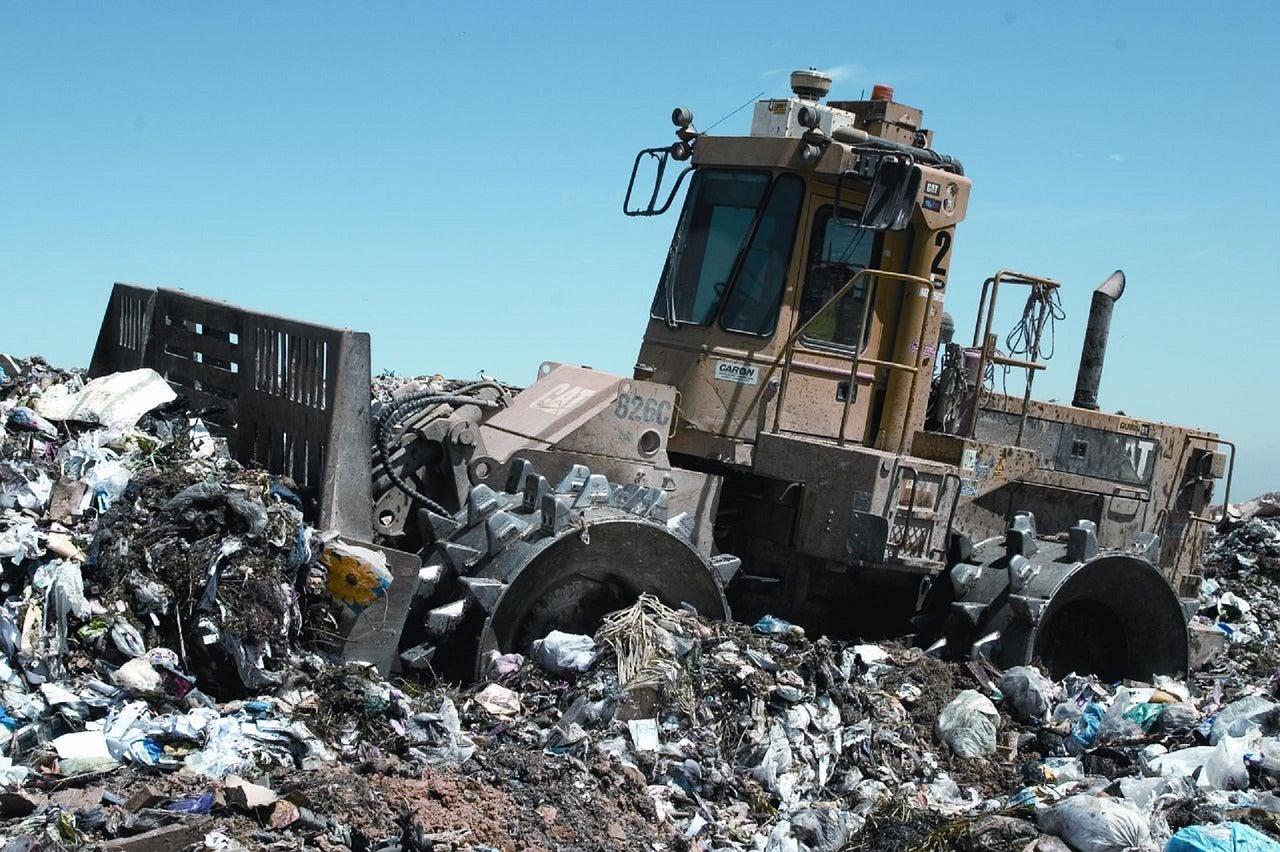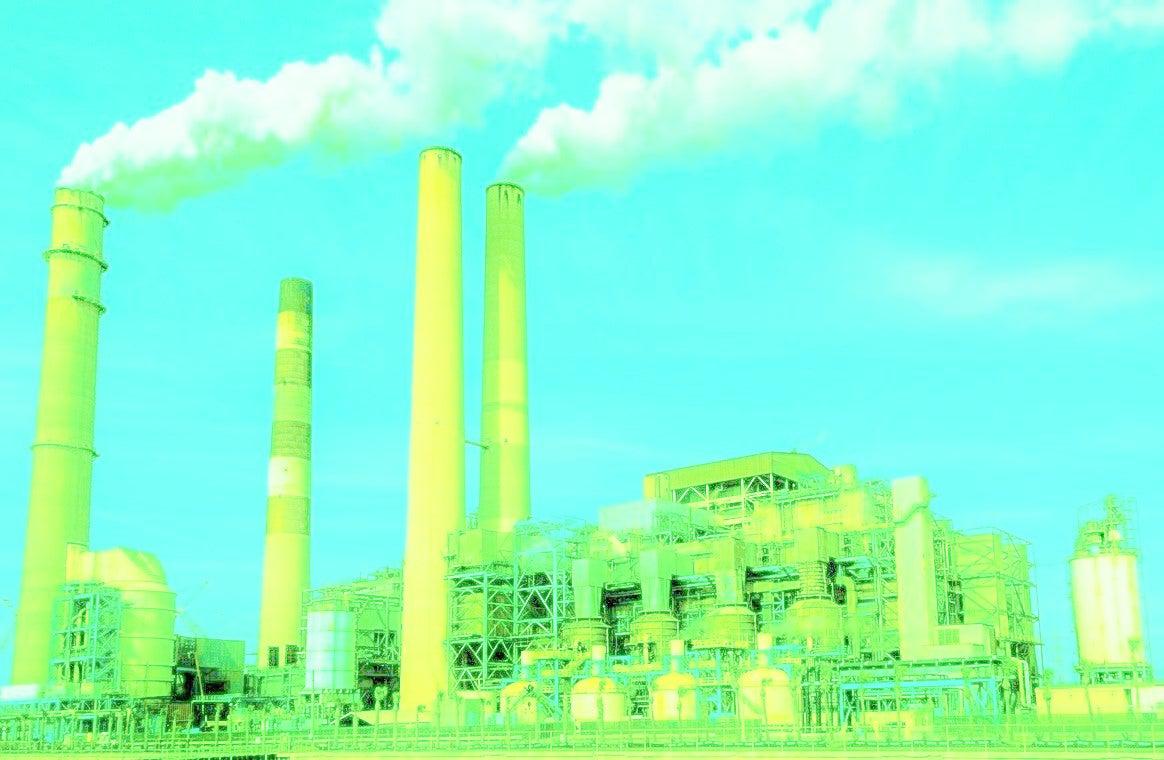Reclaimed Fabric - Upcycling Free-Hit Or Greenwashing Tool?
What a waste!
The fast fashion industry's wanton wastefulness has featured heavily in the media in recent months, with politicians across Europe finally weighing in on the matter.
The improvidence of the industry is demonstrated in many, many different ways, but one of the most absurd of its failures is its mismanagement of fabric - some of the world's largest and most influential brands are frighteningly careless with the material they buy.
From commissioning orders of hundreds of metres of fabric that are never used, through wastefulness in sampling and inefficient cutting processes, to sending line-ends to landfill, the end-to-end management of material in the industry isn't remotely sustainable.
And it's part of the reason why the fashion industry's production processes - from raw materials to garment supply - contribute around one-third of the waste footprint, three-quarters of the carbon impact, and most of the water footprint of clothing.
One of the most obvious and significant areas of squander is in 'dead stock' fabric.

What is 'dead stock' (or 'deadstock') fabric?
Dead stock fabric (not to be confused with dead stock garments, the final product equivalent and a serious issue in its own right) is material that is deemed surplus to requirements by fashion houses having been bought and never used or, more commonly, left over after production runs. These left-overs are also frequently referred to as 'line-ends' or 'remnants'.
It is common practice in the industry to overestimate when ordering quantities of what are usually very affordable - and therefore very disposable - fabrics to ensure that runs can be completed if materials are damaged or otherwise lost through the garment production process.
In some cases, brands will retain unused stock to be used in potential future runs, and squirrel line-ends away in warehouses to keep them out of the market, sometimes for several years.
But from there, there are a limited number of paths along which dead stock can travel:
- They end up in landfill, as is the case with a huge proportion of line-ends and off-cuts, where they will sit leaching dye into the soil and releasing methane gas into the atmosphere as they decompose in environmentally catastrophic sites
- They are incinerated, which happens to both unused and line-end fabrics, resulting in the release of various greenhouse gases and other air pollutants, or
- They can be sold back to fabric mills or otherwise rescued by middle-men, who will try to find a someone prepared to give the material a second chance in life.

The first two cases are disastrous for the environment. These are fabrics that have already been through several ecologically-challenging and carbon intensive processes, including agricultural monoculture (for natural fibres), industrial yarn production (pulling, combing, twisting and spinning), knitting or weaving, bleaching, dyeing and intercontinental travel.
And not only do they reach the end of their lives without serving any useful purpose whatsoever, they go out in the most unedifying and dirty fashion.
The third option is where all dead stock should end up, and at ColieCo Lingerie we are proud to say that the mesh fabric used in our Mesh lingerie collection and the premium lycra used in our Swimwear collection are all sourced from industry line-ends and remnants.

The arguments against using dead stock
The environmental argument for actively seeking out dead stock fabric for use in garment production might seem obvious. But various commentators have raised arguments against the practice, with some valid points.
One argument is that brands can engage in greenwashing by buying material billed as dead stock, but that are actually surplus fabrics purposefully produced by mills when fulfilling large orders.
As the set up process for industrial scale manufacturing and print runs is so expensive, mills overproduce to the ends of reels of fabric because they can then sell the surplus at a discounted price still returning them more money than the cost of otherwise shutting down the run once the order is fulfilled.
This is a legitimate criticism. Basing your environmental credentials on selling collections made from supposedly eco-friendly 'reclaimed' fabric purposefully produced to be sold at a discount and never likely to be destined for landfill or the incinerator is pretty tenuous. And that's being very kind.

Another argument is that in buying dead stock that is legitimately recovered from profligate fast fashion brands, independent designers and manufacturers are fueling a downstream industry that encourages the continuation of wasteful practices.
But this argument doesn't hold as much water.
As we've seen, the monetary value of the fabric discarded by the big brand names isn't so consequential that they won't send it to landfill or even have it burnt, rather than bother trying to reuse it or even sell it on. Some brands still don't work with re-sellers in the management of their line-ends and rejected fabrics at all.
In short, the culture of profligacy exists - and will continue to exist, at least while it remains profitable and unregulated - with or without reclamation happening.
Our reclaimed fabrics
At ColieCo Lingerie, our suppliers reclaim material directly from end-manufacturers producing for mass-market lingerie brands.
We use dead stock material:
- Primarily, that comes from short line-ends that would otherwise have ended up going to waste
- Sometimes, that has flaws in the fabric (misprints or physical flaws which we work around with clever cutting) that would otherwise have ended up going to waste
- And very occasionally, has been bought from end-producers that have decided not to use it due to late decisions based on shifting trends or consumer buying patterns.
Find out more about all of our fabrics here.

We never use material that has purposefully been overproduced by mills and is mis-sold as dead stock.
And this way we guarantee to our customers that when they see our Reclaimed Textiles product attribute badge next to a garment on our website, it's eco-credentials are legit!
What are your thoughts on our use of reclaimed fabrics? And the ongoing debate about waste in the fashion industry?
Connect with us on social media and let us know your thoughts!
Nicole x
